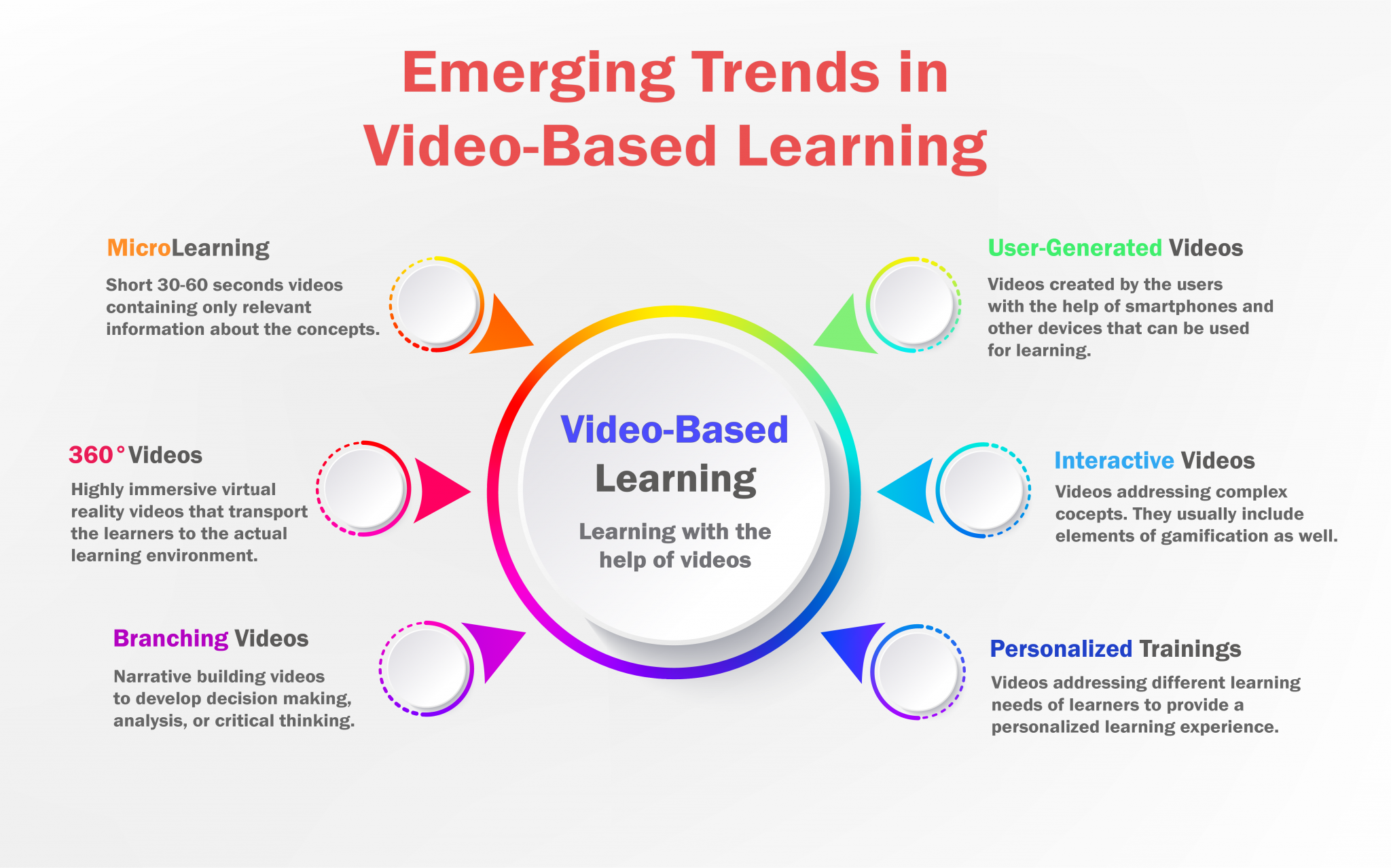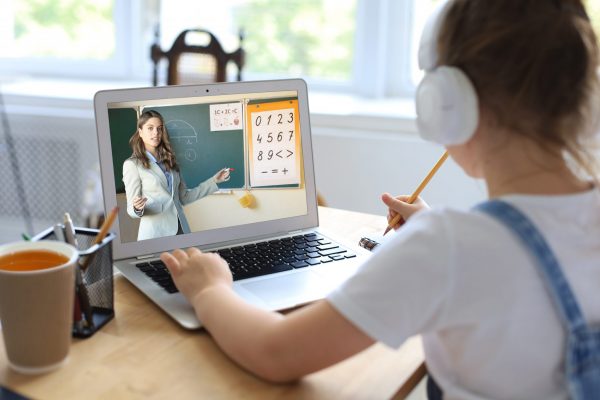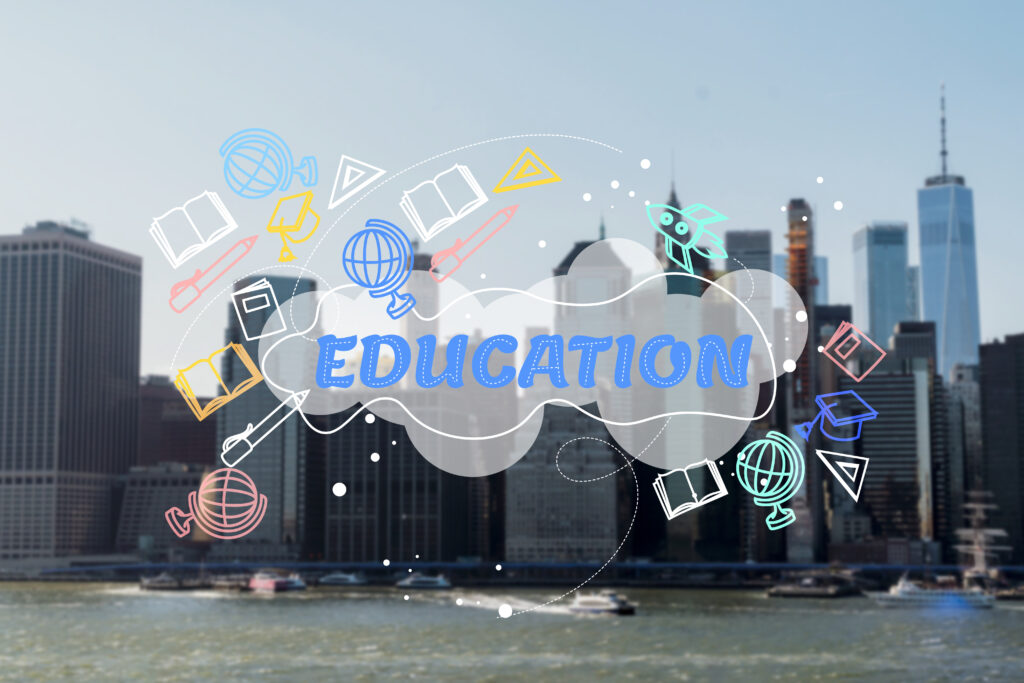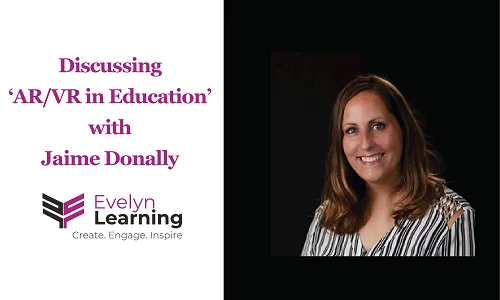Video-based learning means acquiring an understanding of a concept by the means of a video lesson accessible through electronic media. It is being widely used in the e-learning industry as it makes learning more interactive and attractive simultaneously. Video-based learning is by far the best result of the intertwining of technology and teaching methodologies.
A study has proven that the human mind retains more information when imparted via visual means. Therefore, video-based learning is becoming an effective tool for learning and is yielding better results than traditional learning. Through this article, we will explore video-based learning and its various dimensions in detail.
What is Video-Based Learning?
Video-based learning, put simply, refers to the learning that takes place with the help of videos. Nowadays, the physical presence of a teacher and students is not necessary for learning. Video-based learning is one such means of learning that supports this newly found global dimension of learning.
Since these video lessons are easily available over the internet, creators need to put together easily comprehensible lessons with more retention rates and the least possibility of deviation. They should include eye-catching graphics, clear audio with great intonation, and error-free content in their videos to yield the best results.
Emerging Trends in Video-Based Learning

Although technology eases learning, it becomes a distraction as well. The internet brings everything to a screen with a click, but it has many disadvantages as well. The biggest of these is the decreasing attention span of learners, especially that of the millennials. Millennial learners need quick bites of information and cannot stand long hours of lectures. Therefore, video-based learning proves to be one of the most effective ways to learn.
Various innovations in this type of learning make it a game-changing learning method. Some of these trends are as follows:
a) Microlearning Videos
Microlearning videos include short videos addressing the main concept. Such videos are shorter, approximately 30-60 seconds, and give brief information about a concept. Therefore, learners do not have to sit for long hours and cram unnecessary information in the name of learning.
Moreover, microlearning videos are target-specific and prove to be an effective training method.
(Refer to our blog on Micro-Learning for more information.)
b) Interactive Learner Experience
Interactive learning is a way of engaging learners in the lesson/course. This promotes better learning and retention. This trend emerges with the acknowledgment of the fact that learners cannot remember everything included in a lesson/course. Also, long hours of learning are usually boring. Thus, making a lesson/course interactive is necessary.
Some methods to make an interactive lesson/course include gamification, inserting annotations, quizzes, and more.
c) Video-Based Branching Narratives
Video-based branching narratives focus on building a story. Learners decide how the story unfolds by perceiving its negative and positive consequences. As a result, this video-based learning trend provides a multitude of choices and interactive points for better learning.
Why Use It?
Videos are the most influential consumer engagement method. There are endless possibilities that only videos can achieve. They help create comparatively more engaging, interactive, and fun lessons/courses. Additionally, learners prefer videos over lengthy articles. This alludes to the fact that we retain visual information for a longer time. Also, concepts sound more appealing in the visual form. Thus, learners develop stronger mental connections with the engagement of multiple senses.
Furthermore, this innovative method is useful for both education and corporate training purposes. This feature makes it an even more dynamic way of learning.
Research websites: Next Day Animations and CommLab India
Images: Shutterstock and Freepik
To explore more e-learning options, visit our blog. Create. Engage. Inspire.















